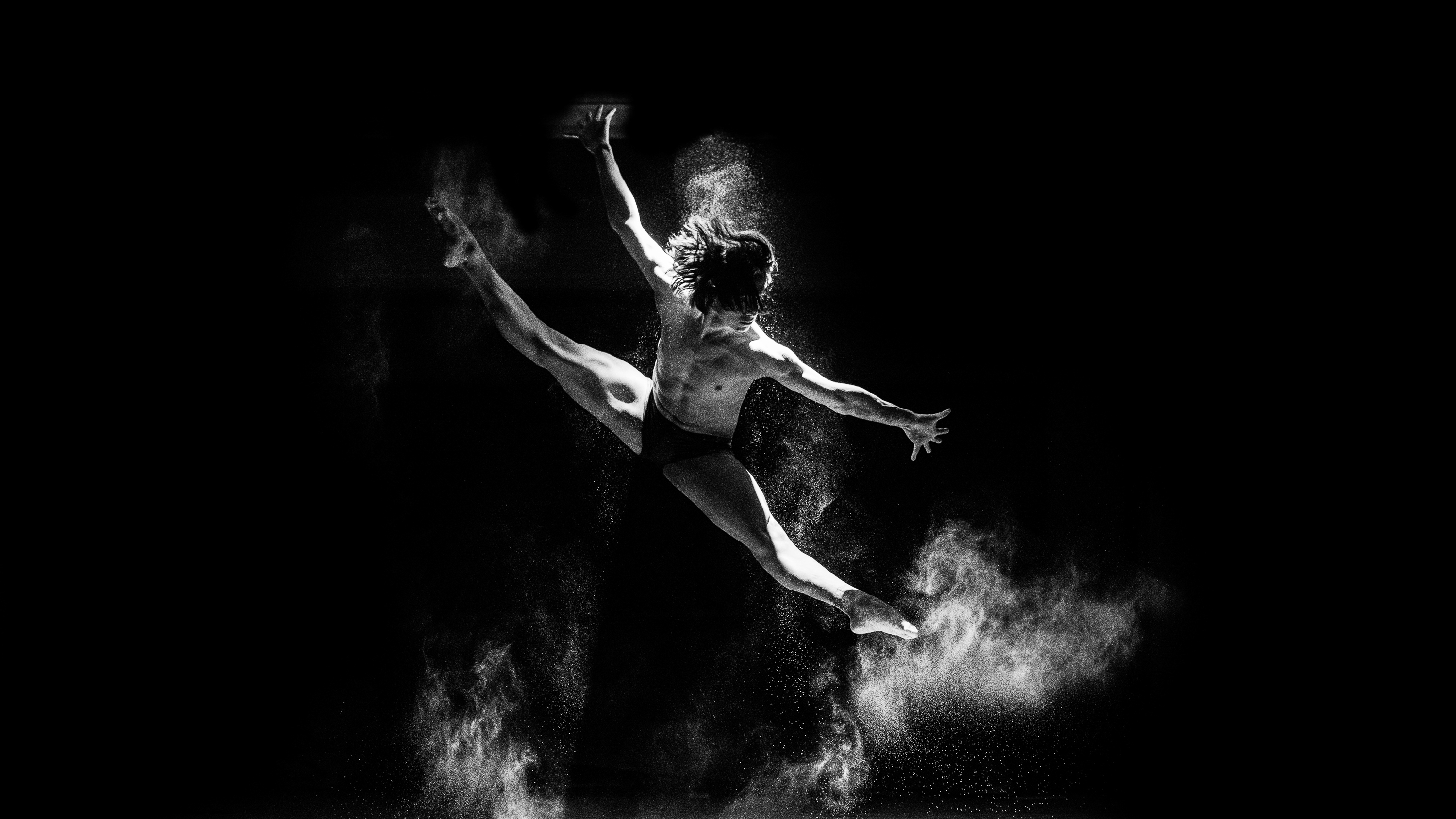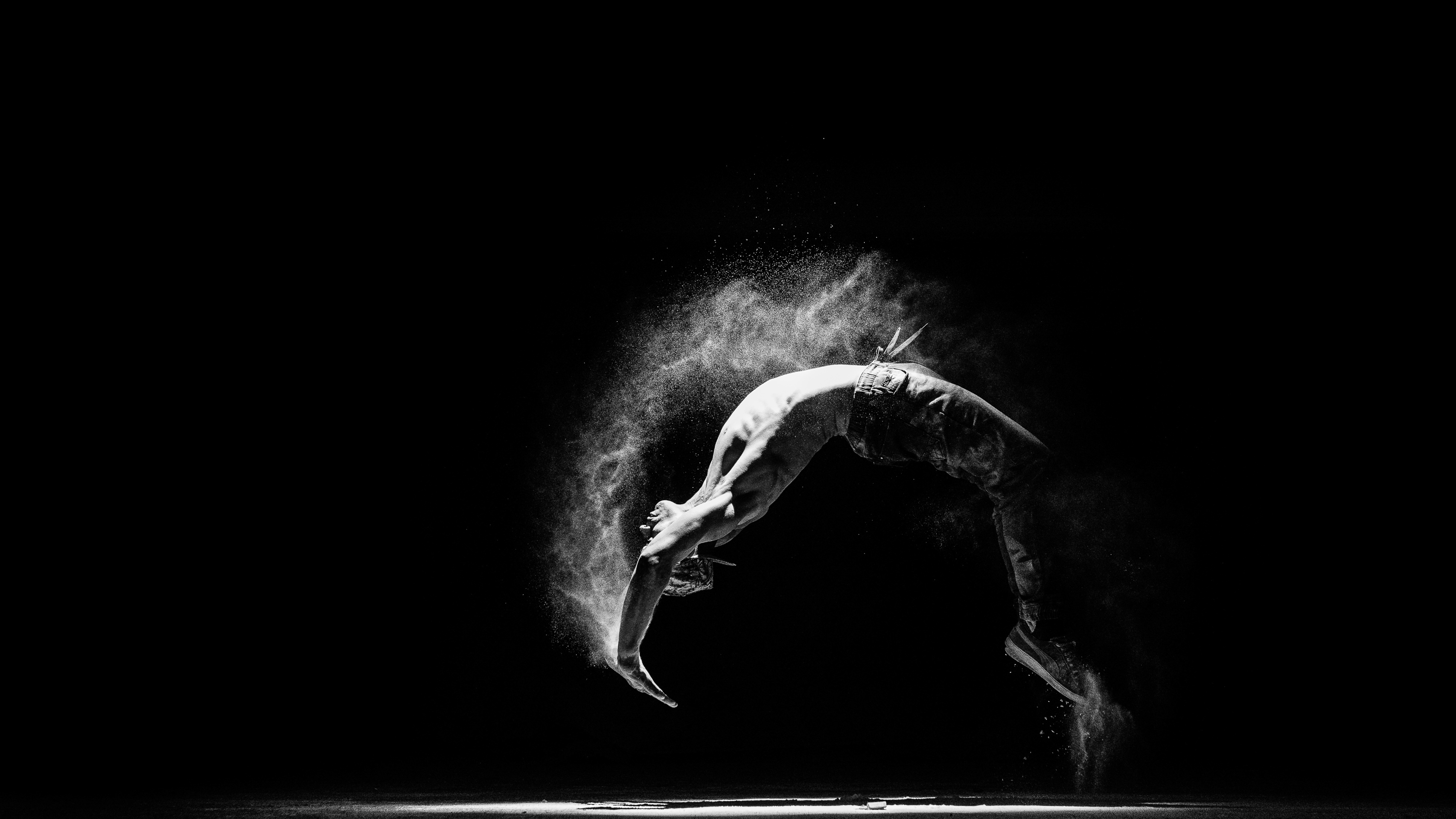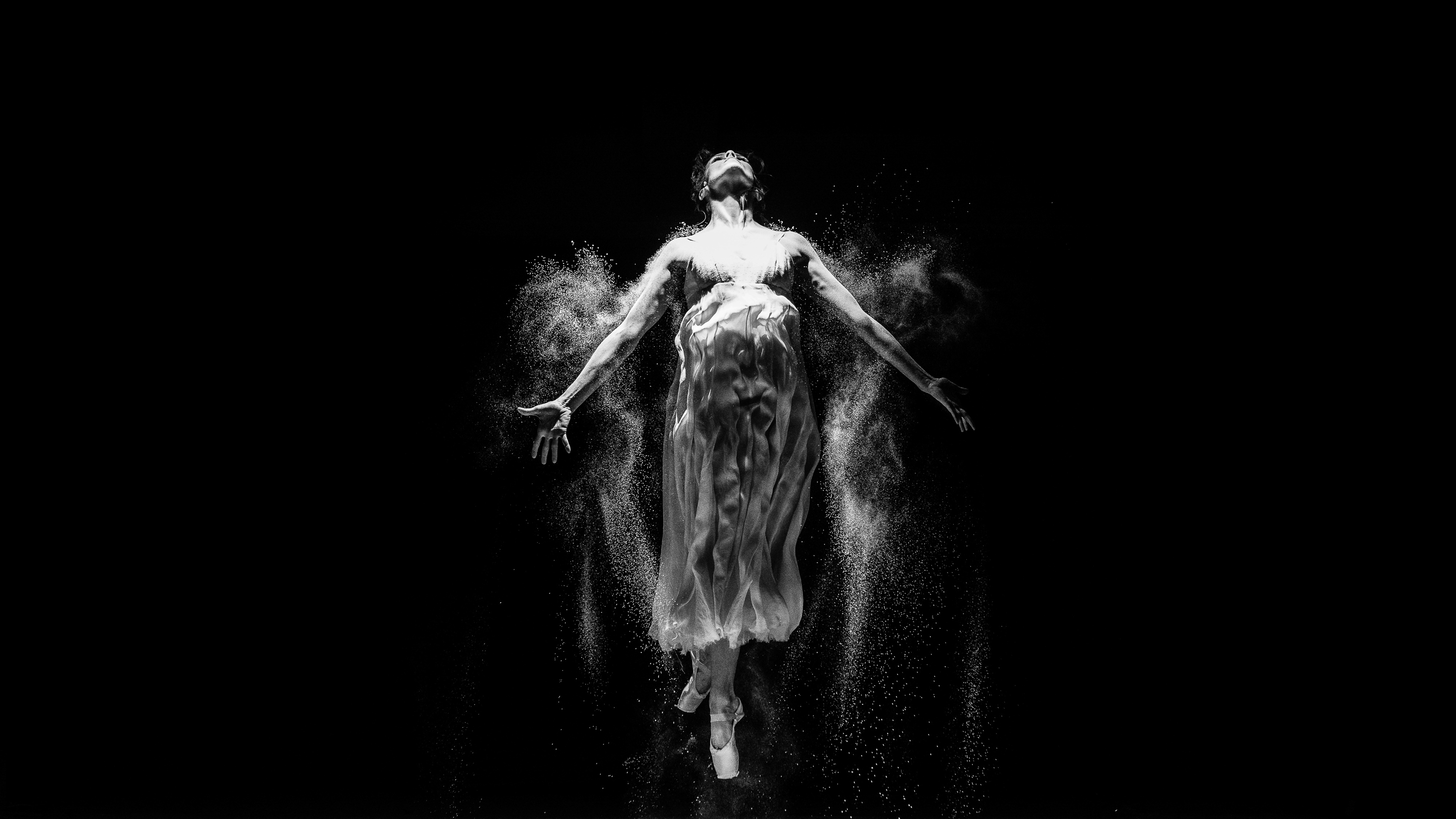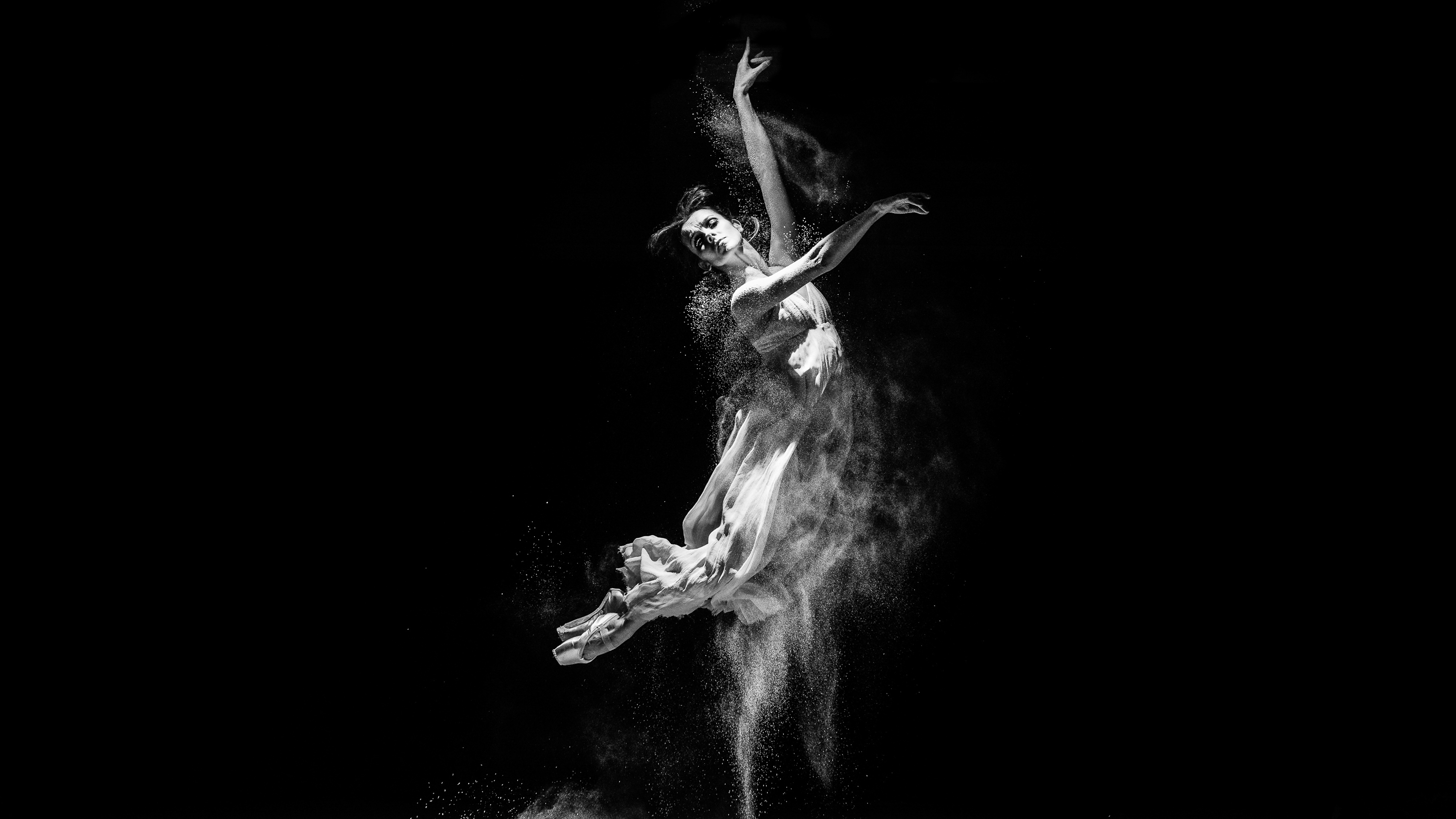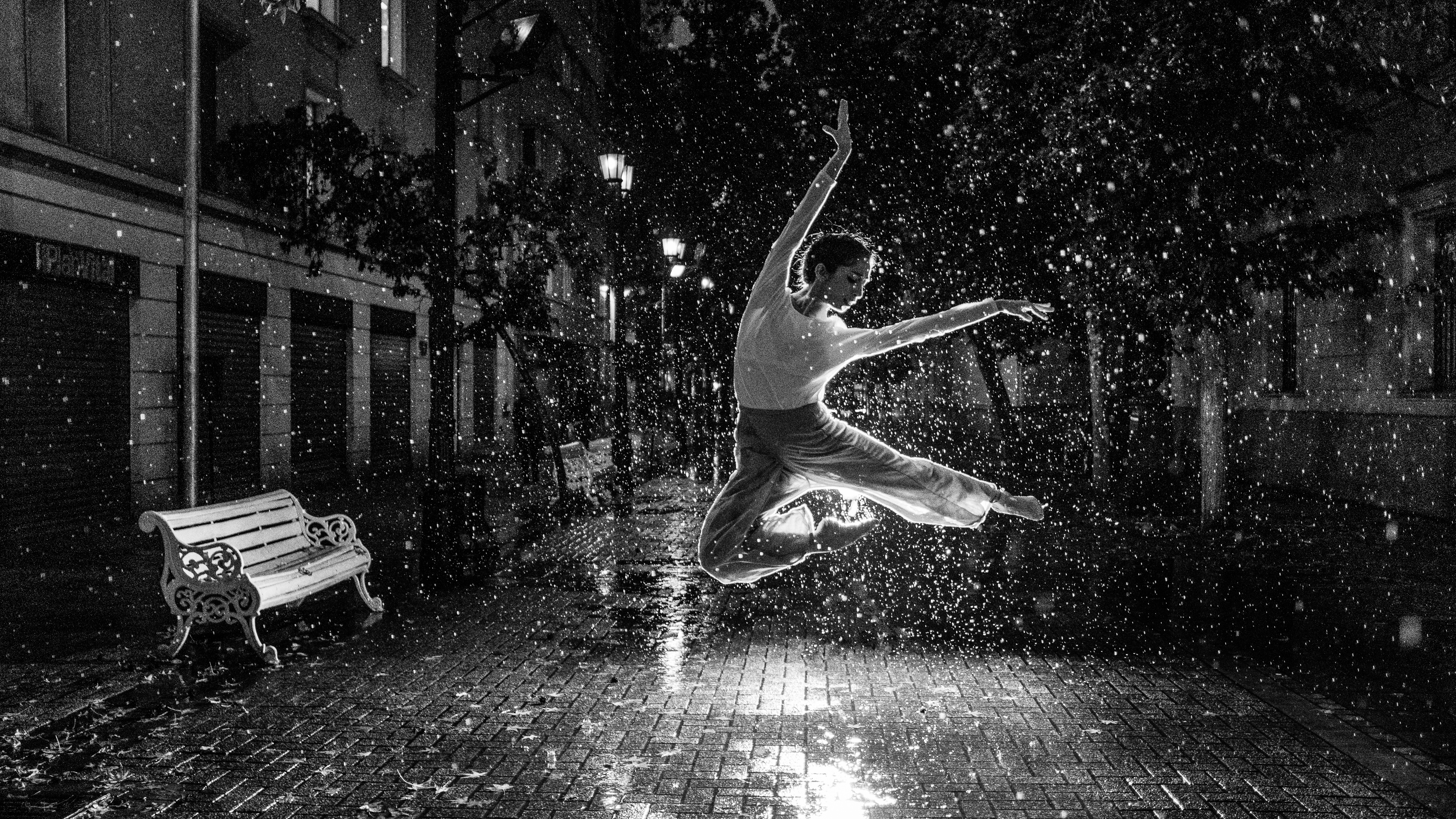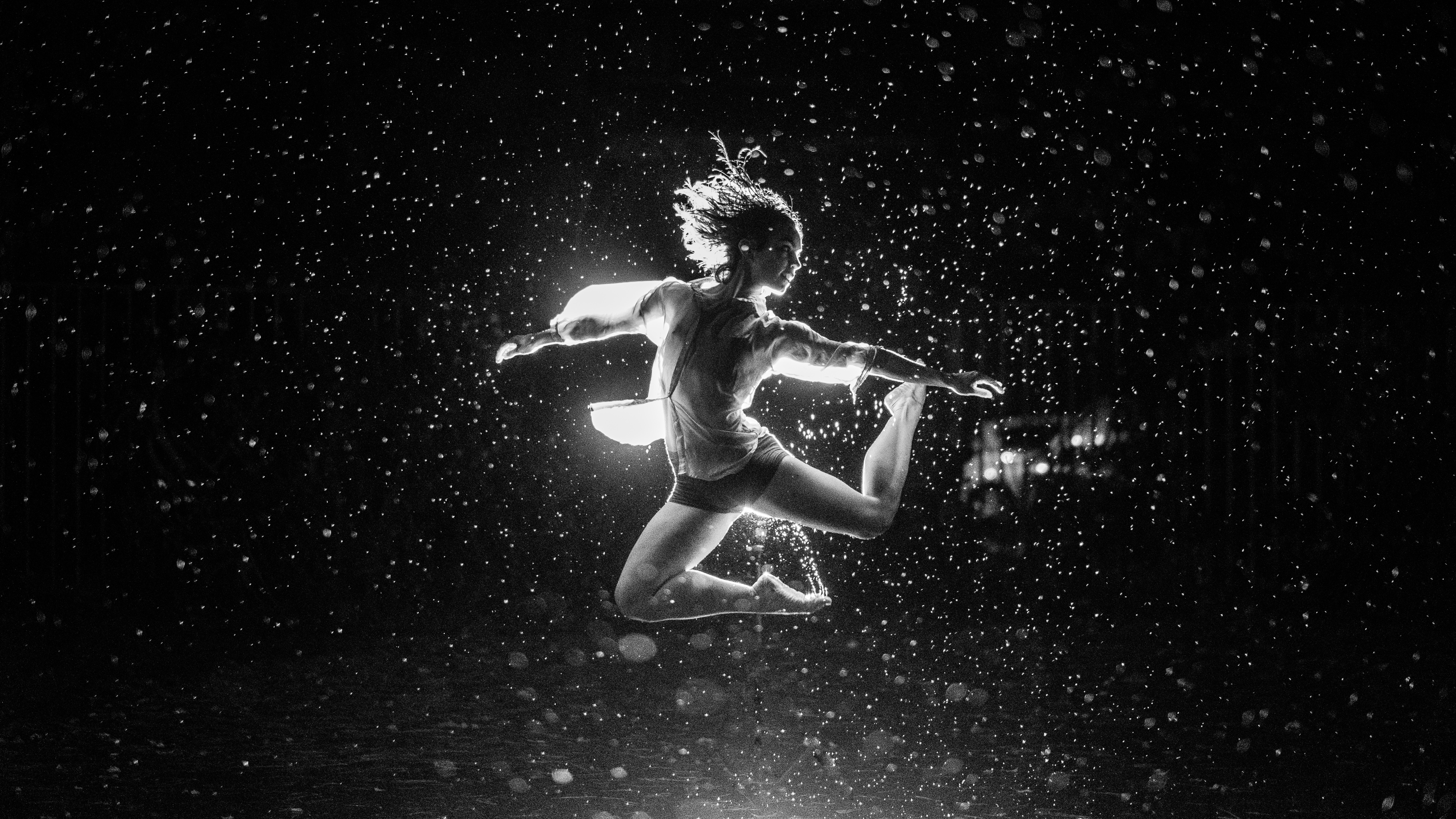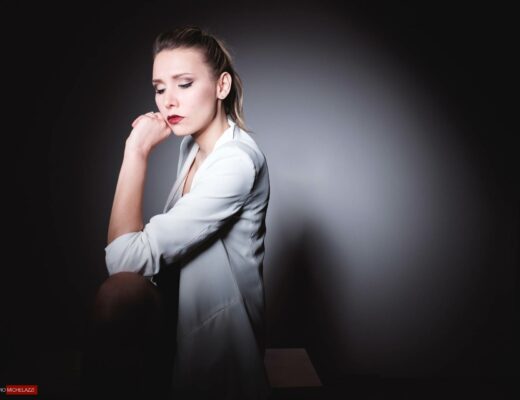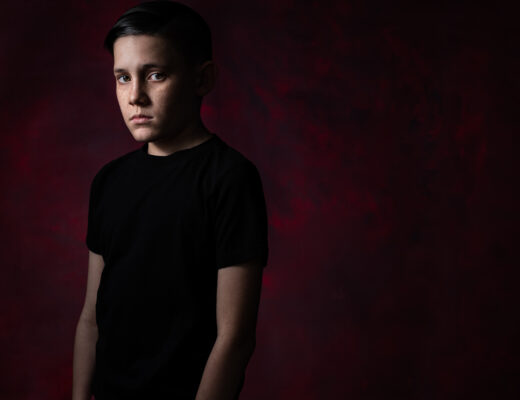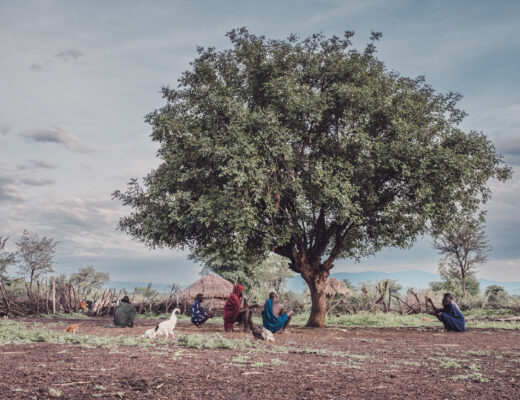In aisle 16b of my local supermarket they sell the final ingredient. It’s the easiest of all, but it’s a complete necessity. Sometimes photography feels like cooking a complicated recipe. Mostly light, a subject and a way to capture it all in a fraction of a second. So complex as it is simple. This particular preparation requires a super precise and perfectionist dancer, a flash (Nissin i40), Cactus triggers, a Fujifilm X-Pro2, the famed 56mm f1.2 and super dark place. The final ingredient to the dish I’m preparing is flour. Yes…just ordinary flour. I tried coloured dust, water and silk. But the most effective one is flour by far. I might just have to explain a little…
See, I started to take photos of dancers back in 2015. It turns out that I just switched from Canon and was completely out of my comfort zone with Fuji. I just couldn’t get the AF on low light right! Even the menus bamboozled me. So many options! My first results with the Fujis were really frustrating. The wedding season was just two months away and I had $4000 worth of equipment that I couldn’t use right.
Then I remembered the famous Master Roshi’s training of Goku and Krilin in the original DBZ prior to the Tournament of Martial Arts. For those of you who are not familiar with such advanced techniques, I will summarize it for you.
Goku and Krilin needed to get really good at martials arts before the Tournament. So Master Roshi gave them a turtle-looking 40kg back pack for each one. They were to carry them everywhere and wear them all day and night. The training continued with feverish urge. When the tournament date finally arrived, both trainees removed their back packs and found themselves to be light as a feather. They could jump higher, run faster and had enormous stamina.
I needed to get good as fast as I could in the shortest time possible. And suddenly I found my Master Roshi’s style of training: I would learn my AF in the hardest possible place under the most difficult lighting situation.
So dance it is. Fast – moving subjects in crappy low light.
I spent two months in dance training lessons, taking photographs of really talented people doing jumps, steps and mostly dancing. Eventually the firmware update for the X-T1 came out and changed the whole game. After a while, I could nail area AF with some ease. I could do portraits while the dancers were doing capoeira. It was a matter of practice and a little bit of work.
I went to do a couple of weddings and I felt real confident in my skill to get the perfect focus spot-on. The training worked and I felt really good about my new Fuji gear. Roll credits…
Actually, no. Not really.
I kept at it, even though I felt ok with my focusing skills. I had never paid attention to dance until that winter. But here I was, unable to stop myself. I just kept at it. I managed to freeze time and see the expressions of the dancers, their muscles, their bodies and coordination. But I wasn’t satisfied just yet.
As you take photos at 1/1000 of a second, you don’t get to see the movement as you ‘freeze’ the dancer. You get nice results in terms of detail but as I saw my photos after the photo shoot, I felt as though I couldn’t show the movements prior to or after that fraction of a second. I felt that I was missing that crucial part. My photos had no movement. They were just statues of dancers frozen in time.
At first I tried using fabric. Tied silk, cotton and plastic. The best results were with a mixture of synthetic silk and cotton. Using natural light on an abandoned house in Santiago in Chile, the results were somewhat better. I was onto something.
I liked what I was seeing. But I changed two further things: I went from natural light to flash photography and found a big dark space to continue my experiments. I tried a top-down cenital lighting setup and a little bit of flour. And then something just clicked.

Firsts trials with flour and cenital light. Dancer: Alejandra Ubilla. X-Pro2 + 56mm. 1/200 F 2 ISO 1000
I was very excited about the results. It was not just about freezing time. I could also see the movement before and after. So, here I was: I had found the technique. Next came the hard part.
The next tree dancers changed everything for me, as I realised that this actually could become a project on its own.
I was now working with the excellent X-Pro2. I loved the the way it allowed the capture of even the tiniest details. Also, we were in a really dark space so the improved AF helped a lot. It gave me great pleasure to edit the super-sharp images that the X-Pro2 and the 56mm f1.2 produced.
Soon, I developed the concept: the lack of gravity. I wanted the ability to see when the body leaves the gravitational pull. I had two concepts, movement and static images, all in one. I liked it.
And now, for the win.
I got to photograph one of the best dancers (if not the best) in Chile: Andreza Randisek. She is the first ballerina of the Ballet de Santiago (the most prestigious and important ballet company in Chile).
Let me tell you this: getting just one photo of the kind I use for my project takes maybe 20 or 30 minutes of work. First, you need to get the light right. Then, you discuss with the dancer how are you going to take the photo. After that, you pre-focus in the perfect spot in order to get the picture. You show the dancer the spot and you make a dry run. After a couple of jumps, you try and try until you get an almost-good photo. You correct the posture, change the light a little and then: success! Then, you change the movement of the dancer and you go for another photo. After maybe 2 hours, you get some five to eight really good photos.
Well, with Andreza, it was a little different. She is an amazing dancer. We talked and decided the pose. And then, she executed it perfectly on the first try! I was dumbfounded. We tried the second pose: perfect! The third: nailed it. And so on…
After 25 minutes I was out of poses and ideas.
Then, she started to improvise. Cue: magnificence!
It’s been quite a ride! Dance and Fujifilm are part of my experience as a photographer. It helps to get better at what I do. The project has grown with me. It’s part of my identity and the way I see photography. As of now, the way I choose has to do with taking more photos outside. I’m especially happy with the Cactus triggers V6II that allow me to use HSS on the X-Pro2. They are really good, especially in the rain. It doesn’t hurt that the X-Pro2 and the 23mm f2 are weather-sealed either.
Thank you for reading. Don’t stop shooting.









